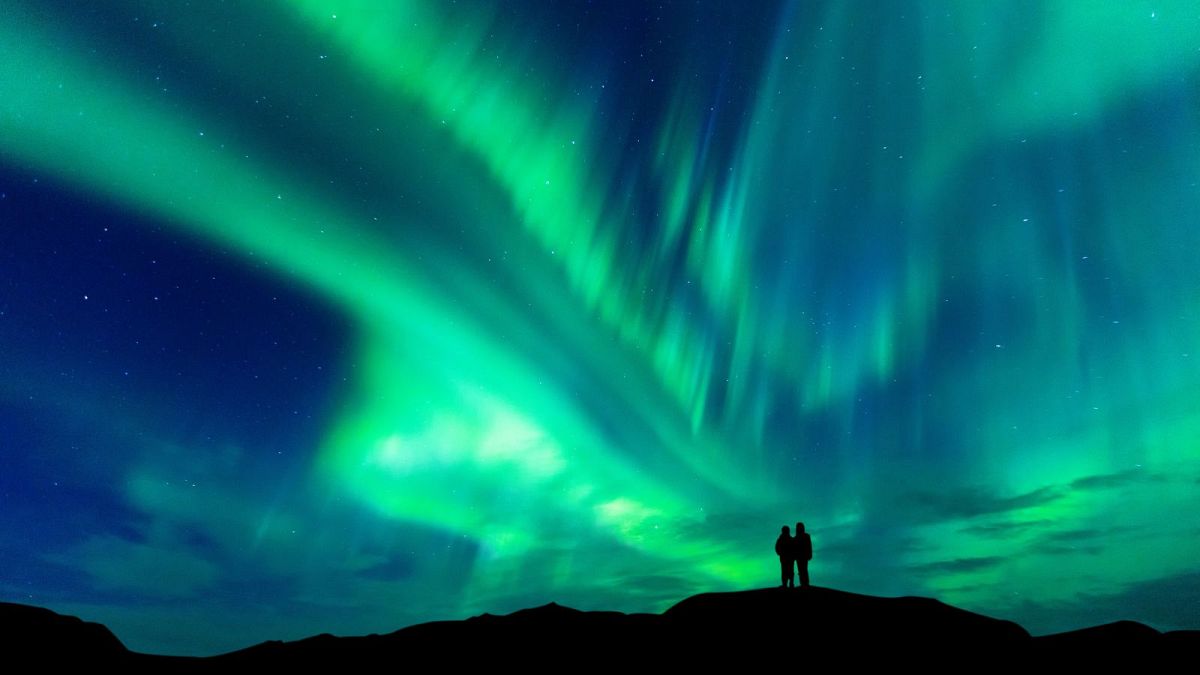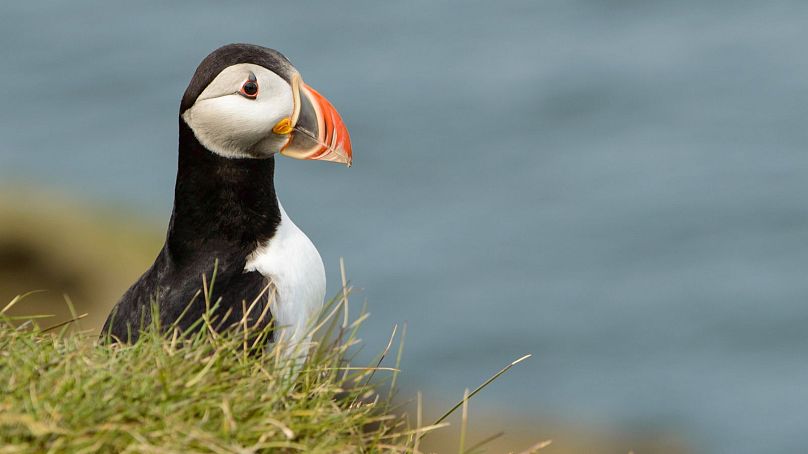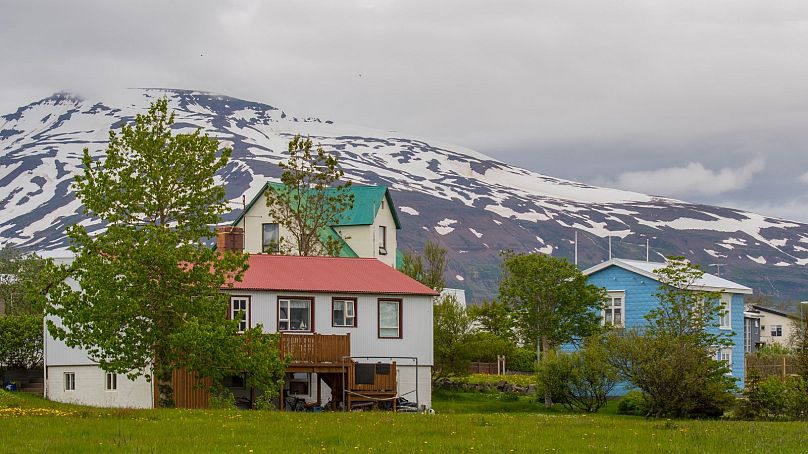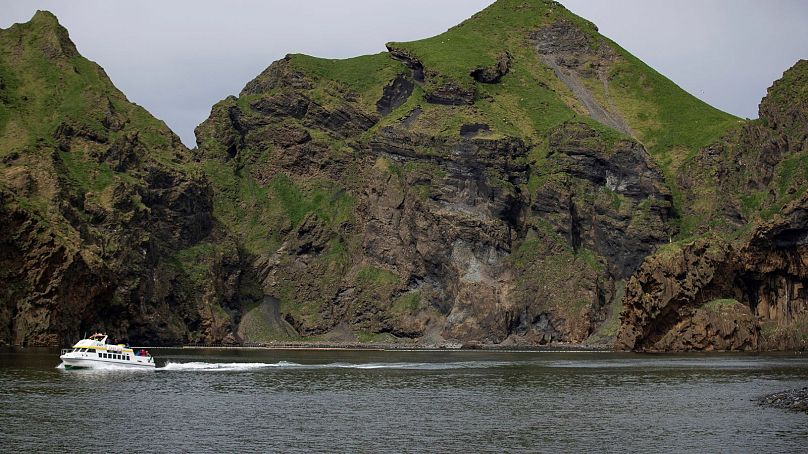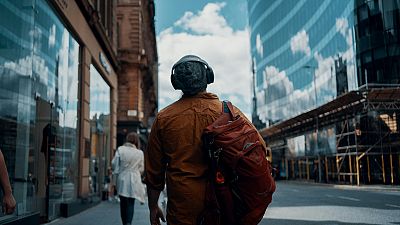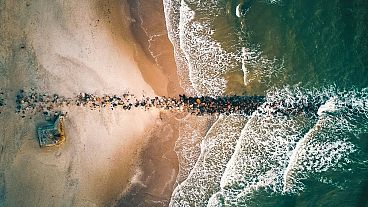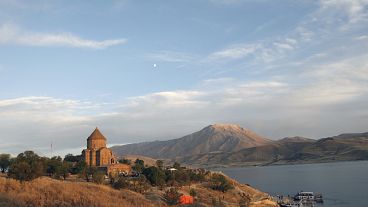From dancing green lights to the ‘Pompeii of the north’, Iceland’s islands are home to amazing scenery and wildlife.
If you’ve never been to Iceland, Reykjavik is a solid start. But if you’re ready for a next-level adventure in the land of ice and fire, you should try island-hopping.
Iceland - an island itself- is surrounded by thousands of islands, so many that even a local like Lína Porarinsdóttir, Head of Tourism at Visit Iceland, can’t pinpoint an exact number.
“It’s one of the wonders of Iceland, that you’re unable to count how many islands there are,” she tells Euronews Travel. “Both Icelanders and foreign tourists visit them.”
While most of them are uninhabited, a few have residents - and are worth a visit for their unique landscapes, welcoming atmosphere, and unique way of living.
Some of the islands are only open in summer, but many are accessible all year long - and every season offers different natural wonders.
Which islands should I visit in Iceland?
Off the south of Iceland, you can find Vestmannaeyjar, or the Westman Islands. It’s made up of 18 volcanic islands, the most interesting of which to visit are Heimaey (the largest island in the country) and Surtsey.
The islands are something of a ‘Pompeii of the north’, with Heimaey having preserved the ash-filled remnants of the homes devastated by a 1973 volcanic eruption. Unlike in Pompeii, everyone was evacuated well in time and there were no casualties, so you can admire the ruins horror-free.
Another volcanic eruption between 1963 and 1967 actually gave birth to Surtsey - the first volcanic island scientists ever observed being born with their own eyes.
Want another reason to go? The islands are home to the world’s biggest puffin colony, estimated at over 1 million adorable birds.
Moving to the west, another island to visit is Flatey. As the name suggests, Flatey is a very flat island on the Breiðafjörður bay, where there are about 40 islands in total. Flatey is completely car-free, making it a wildlife paradise. Expect birdwatching, great walks, and some lovely peace and quiet. A 1.5-hour ferry ride takes you to Flatey from Stikkishólmur harbour.
“We have two families living there throughout the year, but visitors can go whenever, all year long,” says Porarinsdóttir.
In the north, there’s Hrísey, an island in the Eyjafjörður fjord not to be missed. Located on the Arctic Coastway, it’s just a 15-minute boat ride from the village of Árskógsandur.
The best way to explore Hrísey is by following its many hiking paths, which take you through its stunning nature. Only about 150 people live on the island in a charming fishing village, and there’s a geothermal swimming pool with hot tubs where you can relax after a day of hiking.
Grímsey, another island on the Arctic Circle, is a special place - in summer, the sun never sets, while in winter, it never rises. Between May and July is the best time to see the island’s many puffins and seabirds. You can reach Grímsey with a ferry from Dalvík. It’s another no-car island.
How do I travel between Iceland’s islands?
If you want to start your island-hopping from the Westman Islands, you can fly directly to Reykjavik and then drive to your destination from the capital or take a bus, according to Porarinsdóttir. Then you can board a ferry that will bring you to the islands, usually within an hour or so.
Similarly, for the other islands, you can get there by plane. But if you want to be more gentle on the planet, you could try and rent an electric vehicle.
“It’s easy to rent a car and you can find EV charging stations throughout the country because sustainability is at the core of everything we do,” says Porarinsdóttir, mentioning the country’s investment into EVs.
“It’s really easy to explore without an organised tour. But if you want to go deeper into the islands, we’d recommend a tour,” she adds.
What to do on Iceland’s islands
Island-hopping is an excellent opportunity to experience Iceland like a local, says Porarinsdóttir.
“Soak in hot water on a cold day, even at night time,” she recommends. “See the starry skies, chase the northern lights. And then I would recommend getting a good coffee and checking out Icelandic literature, because we do take our coffee and books seriously.”
Later this month, Iceland will be hosting Iceland Noir, a literary festival dedicated to thrillers and crime novels which will be attended by the likes of Hillary Clinton, Dan Brown and Neil Gaiman. The festival is aptly hosted at the darkest time of the year, perfect for those literary chills.
